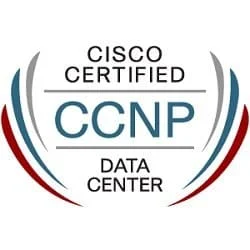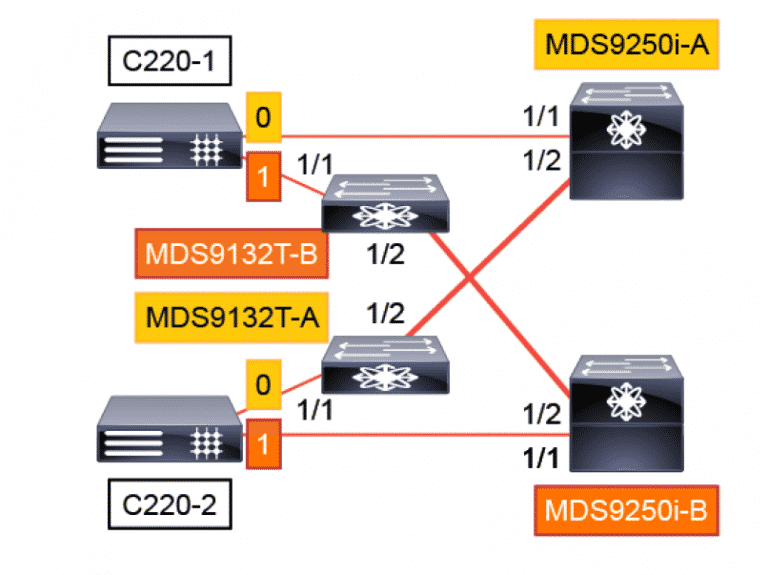CCNP Data Center DCCOR – Implementing and Operating Cisco Data Center Core Technologies

The DCCOR Implementing and Operating Cisco Data Center Core Technologies Course represents the fundamental pillar of the Data Center technology and certification path. In fact, it prepares the participant for the CCNP Data Center Certification Core exam (Exam 350-601). In this course, you will acquire the skills necessary to implement data center infrastructures using Cisco LAN and SAN technologies. You will cover essential elements of automation and security in data centers, as well as gain practical experience with the implementation, protection, operation and maintenance of Cisco data center infrastructure with elements such as: Cisco MDS switches, Cisco Nexus switches; Cisco B-Series blade servers, Unified Computing System (Cisco UCS) and Cisco C-Series UCS rack servers. The Course contributes to the preparation of the CCNP Data Center Certification exam (Exam 350-601) .
Course Objectives
The following is a summary of the main objectives of the DCCOR Implementing and Operating Cisco Data Center Core Technologies Course :
- Acquire skills to implement data center infrastructures with Cisco LAN and SAN.
- Deep dive into the essentials of data center automation and security.
- Hands-on experience implementing and securing Cisco data center infrastructure.
- Familiarity with Cisco MDS and Cisco Nexus switches.
- Knowledge of the Unified Computing System (Cisco UCS) and Cisco C-Series UCS rack servers.
- Master the integration and configuration of virtualization technologies within Cisco data centers.
- Explore advanced troubleshooting techniques for Cisco data center environments.
- Understand the principles and practices of data center management and monitoring with Cisco tools.
Course Certification
This course helps you prepare to take the:
Exam 350-601 DCCOR Implementing Cisco Data Center Core Technologies;;
Course Outline
- Implementing Data Center Switching Protocols*
- Spanning Tree Protocol
- Port Channels Overview
- Virtual Port Channels Overview
- Implementing First-Hop Redundancy Protocols*
- Hot Standby Router Protocol (HSRP) Overview
- Virtual Router Redundancy Protocol (VRRP) Overview
- First Hop Redundancy Protocol (FHRP) for IPv6
- Implementing Routing in Data Center*
- Open Shortest Path First (OSPF) v2 and Open Settlement Protocol (OSP) v3
- Border Gateway Protocol
- Implementing Multicast in Data Center*
- IP Multicast in Data Center Networks
- Internet Group Management Protocol (IGMP) and Multicast Listener Discovery (MLD)
- Multicast Distribution Trees and Routing Protocols
- IP Multicast on Cisco Nexus Switches
- Implementing Data Center Overlay Protocols
- Cisco Overlay Transport Virtualization
- Virtual Extensible LAN
- Implementing Network Infrastructure Security*
- User Accounts and Role Based Access Control (RBAC)
- Authentication, Authorization, and Accounting (AAA) and SSH on Cisco NX-OS
- Keychain Authentication
- First Hop Security
- Media Access Control Security
- Control Plane Policing
- Describing Cisco Application-Centric Infrastructure
- Cisco ACI Overview, Initialization, and Discovery
- Cisco ACI Management
- Cisco ACI Fabric Access Policies
- Describing Cisco ACI Building Blocks and VMM Domain Integration
- Tenant-Based Components
- Cisco ACI Endpoints and Endpoint Groups (EPG)
- Controlling Traffic Flow with Contracts
- Virtual Switches and Cisco ACI VMM Domains
- VMM Domain EPG Association
- Cisco ACI Integration with Hypervisor Solutions
- Describing Packet Flow in Data Center Network*
- Data Center Traffic Flows
- Packet Flow in Cisco Nexus Switches
- Packet Flow in Cisco ACI Fabric
- Describing Cisco Cloud Service and Deployment Models
- Cloud Architectures
- Cloud Deployment Models
- Describing Data Center Network Infrastructure Management, Maintenance, and Operations*
- Time Synchronization
- Network Configuration Management
- Software Updates
- Network Infrastructure Monitoring
- Explaining Cisco Network Assurance Concepts*
- Need for Network Assurance
- Cisco Streaming Telemetry Overview
- Implementing Fibre Channel Fabric
- Fibre Channel Basics
- Virtual Storage Area Network (VSAN) Overview
- SAN Port Channels Overview
- Fibre Channel Domain Configuration Process
- Implementing Storage Infrastructure Services
- Distributed Device Aliases
- Zoning
- N-Port Identifier Virtualization (NPIV) and N-Port Virtualization (NPV)
- Fibre Channel over IP
- Network Access Server (NAS) Concepts
- Storage Area Network (SAN) Design Options
- Implementing FCoE Unified Fabric
- Fibre Channel over Ethernet
- Describing FCoE
- FCoE Topology Options
- FCoE Implementation
- Implementing Storage Infrastructure Security*
- User Accounts and RBAC
- Authentication, Authorization, and Accounting
- Fibre Channel Port Security and Fabric Binding
- Describing Data Center Storage Infrastructure Maintenance and Operations*
- Time Synchronization
- Software Installation and Upgrade
- Storage Infrastructure Monitoring
- Describing Cisco UCS Server Form Factors*
- Cisco UCS B-Series Blade Servers
- Cisco UCS C-Series Rack Servers
- Implementing Cisco Unified Computing Network Connectivity
- Cisco UCS Fabric Interconnect
- Cisco UCS B-Series Connectivity
- Cisco UCS C-Series Integration
- Implementing Cisco Unified Computing Server Abstraction
- Identity Abstraction
- Service Profile Templates
- Implementing Cisco Unified Computing SAN Connectivity
- iSCSI Overview
- Fibre Channel Overview
- Implement FCoE
- Implementing Unified Computing Security
- User Accounts and RBAC
- Options for Authentication
- Key Management
- Introducing Cisco HyperFlex Systems*
- Hyperconverged and Integrated Systems Overview
- Cisco HyperFlex Solution
- Cisco HyperFlex Scalability and Robustness
- Describing Data Center Unified Computing Management, Maintenance, and Operations*
- Compute Configuration Management
- Software Updates
- Infrastructure Monitoring
- Cisco Intersight™
- Implementing Cisco Data Center Automation and Scripting Tools*
- Cisco NX-OS Programmability
- Scheduler Overview
- Cisco Embedded Event Manager Overview
- Bash Shell and Guest Shell for Cisco NX-OS
- Cisco Nexus API
- Describing Cisco Integration with Automation and Orchestration Software Platforms
- Cisco and Ansible Integration Overview
- Cisco and Puppet Integration Overview
- Python in Cisco NX-OS and Cisco UCS
- Describing Cisco Data Center Automation and Orchestration Technologies*
- Power On Auto Provisioning
- Cisco Data Center Network Manager Overview
- Cisco UCS Director Fundamentals
- Cisco UCS PowerTool
Laboratory Activities
- Configure Overlay Transport Visualization (OTV)
- Configure Virtual Extensible LAN (VXLAN)
- Explore the Cisco ACI Fabric
- Implement Cisco ACI Access Policies and Out-of-Band Management
- Implement Cisco ACI Tenant Policies
- Integrate Cisco ACI with VMware
- Configure Fibre Channel
- Configure Device Aliases
- Configure Zoning
- Configure NPV
- Configure FCoE
- Provision Cisco UCS Fabric Interconnect Cluster
- Configure Server and Uplink Ports
- Configure VLANs
- Configure a Cisco UCS Server Profile Using Hardware Identities
- Configure Basic Identity Pools
- Configure a Cisco UCS Service Profile Using Pools
- Configure an Internet Small Computer Systems Interface (iSCSI) Service Profile
- Configure Cisco UCS Manager to Authenticate Users with Microsoft Active Directory
- Program a Cisco Nexus Switch with Python
Course Mode
Instructor-Led Remote Live Classroom Training;
Trainers
Trainers are CISCO accredited instructors and certified in other IT technologies, with years of practical experience in the sector and in training.
Lab Topology
For all types of delivery, the participant can access the equipment and actual systems in our laboratories or directly in international data centers remotely, 24/7. Each participant has access to implement various configurations, Thus immediately applying the theory learned. Below are some scenarios drawn from laboratory activities.

Course Details
Course Prerequisites
- Attendance at the Cisco CCNA Course and the VMware VCP-DCV Course is recommended .
Course Duration
Intensive duration 5 days;
Course Frequency
Course Duration: 5 days (9.00 to 17.00) - Ask for other types of attendance.
Course Date
- Cisco DCCOR Course (Intensive Formula) –On request – 9:00 – 17:00
Steps to Enroll
Registration takes place by asking to be contacted from the following link, or by contacting the office at the international number +355 45 301 313 or by sending a request to the email info@hadartraining.com


